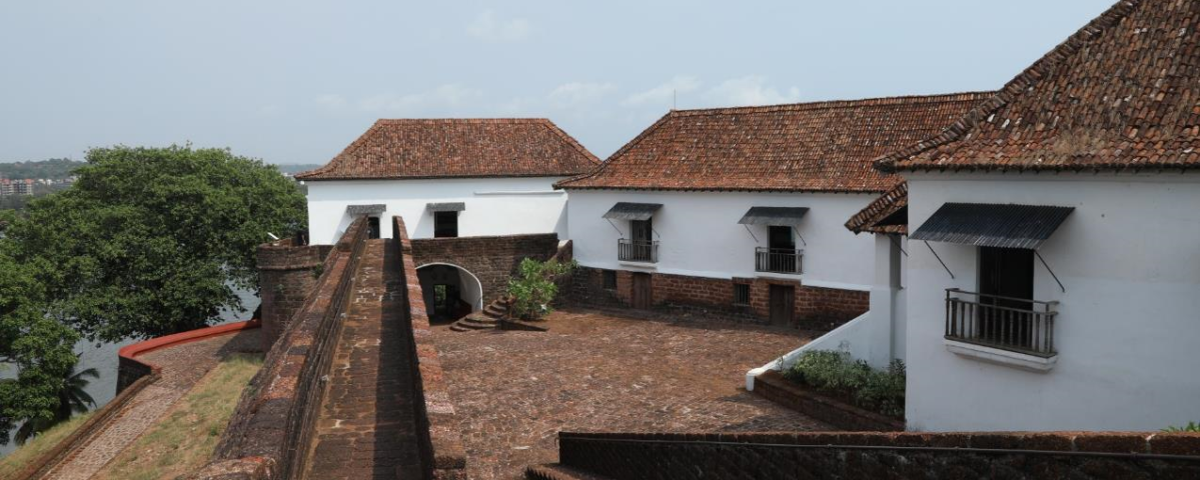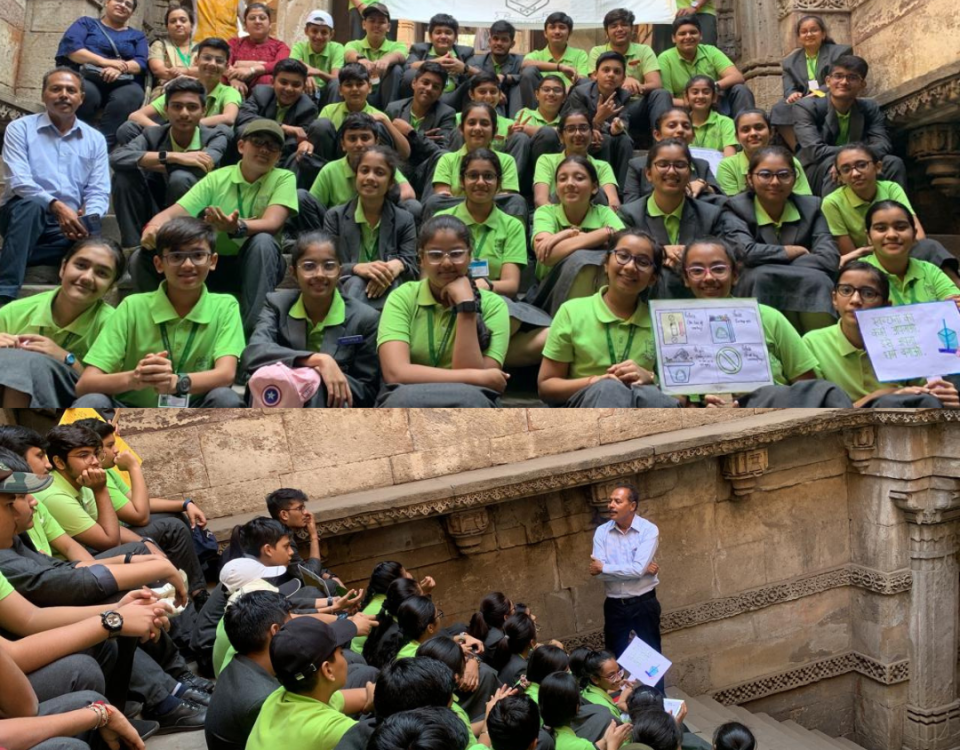The Reis Magos Fort, Goa

‘Heritage Tour of the City of Ahmedabad’ for Yuva Tourism Club Students of St. Kabir School, Naranpura
December 17, 2022Step into a World of Colorful Butterflies at Shalabh Butterfly Garden & Resort: A Must-Visit Destination for Nature Enthusiasts!
May 29, 2023The Mandovi unlike the Ganges, is a quiet flowing river. But at the XVI century, when Alfonso de Albuquerque made his entry in to its waters in February 1510, he got the feel of the might of a small fortified outpost built by the king of Bijapur, Yusuf Adil Shah, on the southern side of Bardez taluka. This little outpost reached out in to the narrowest point of the river and had strategic significance. On this occasion somehow, Albuquerque secured the port town of Ela (later known as Old Goa), some ten kilometers from where the Mandovi debouches into the Arabian Sea. This town, however, was soon reconquered by the Sultan of Bijapur. With the fast approach of monsoon, Albuquerque had no other recourse but to anchor his fleet in Mandovi waters where the outpost again caused heavy damage to his forces.
On the 25th of November of the same year, (after securing reinforcements from Portugal), Albuquerque reversed his defeats. He assaulted the outpost and again stormed the port town of Old Goa. Once the new territories of Bardez and Salcete were added in 1540s, the defence of the Mandovi river was further strengthened by the building of the Reis Magos Fort whose construction began in early 1550s. The Fort was built in stages.
Dramatically rising over the steep slope of headland, the fort, built a little above the old outpost, had a defensive system capable of curbing the crossing of enemy ships through the Mandovi waters. A walled corridor connected the main fortress with the river anchorage, while a passage connected the rooms which ran along the river. The high walls are topped at vantage points by cylindrical watch turrets. The fort had advantage of a perennial source of water from a nearby spring.
The Fort of Reis Magos was of great strategic importance because it served as a first line of defence to the port town of Old Goa. To make it more effective against the Dutch incursions, the Portuguese built in 1595 another fortification on the opposite bank of Mandovi river on land belonging to a nobleman named Gasper Dias.
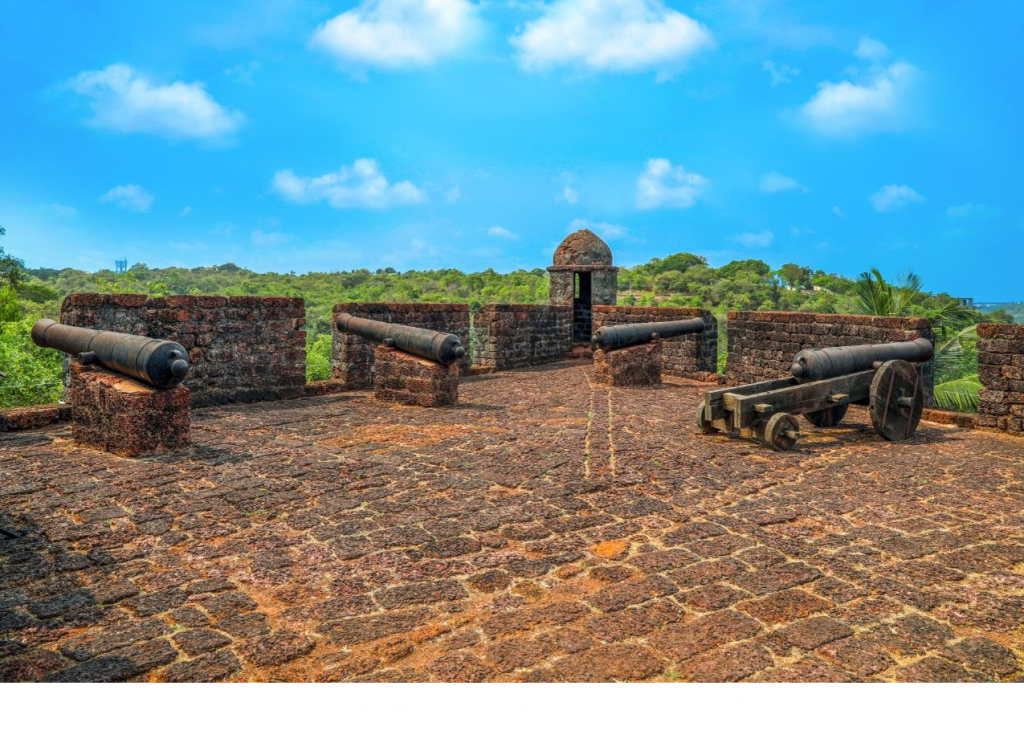
The two forts were capable of cross fire. Soon, however it was realized that these two strongholds were not an effective way of obstructing the Dutch ships in their daring attempts of cruising the Mandovi waters. This prompted the Portuguese to realize the importance and necessity of raising strong fortifications on the mouths of the Mandovi and Zuari rivers at Aguada, Cabo and Marmagoa respectively. Notwithstanding this fact and due to strategic importance of the Reis Magos Fort, a new buttress was built in early eighteenth century during the time of the Viceroy Caetano de Mello e Castro. The Viceroy also ordered a plaque to be placed at the main entrance of the fort. At this stage the Fort was defended by 33guns of different calibres.
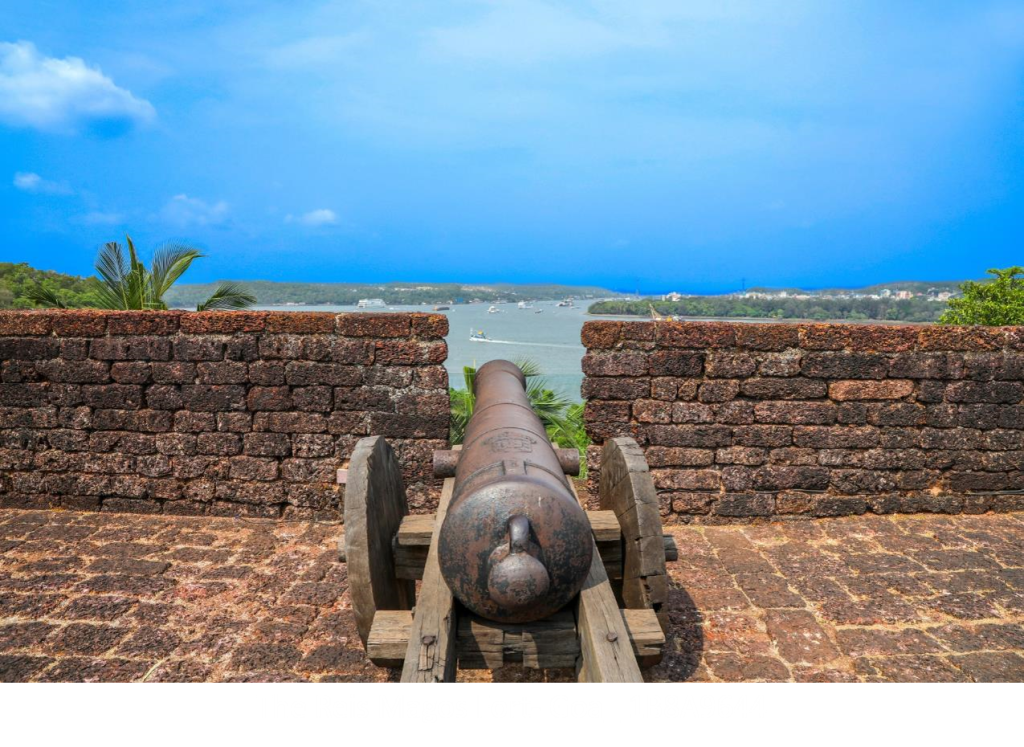
During the Maratha incursion in 1739, the Fort of Reis Magos and its counterparts the Fort Aguada, could hold valiantly while the while province of Bardez was occupied by the Bhonsles (allies of Marathas). It was only in 1741 with the arrival of the new Viceroy, Marquis de Lourial that the Bhonsles retreated back to Pernem. The British occupied Goa from 1799-1813 during the Napoleonic wars. In 1808 they used the Fort of Reis Magos to lodge their soldiers.
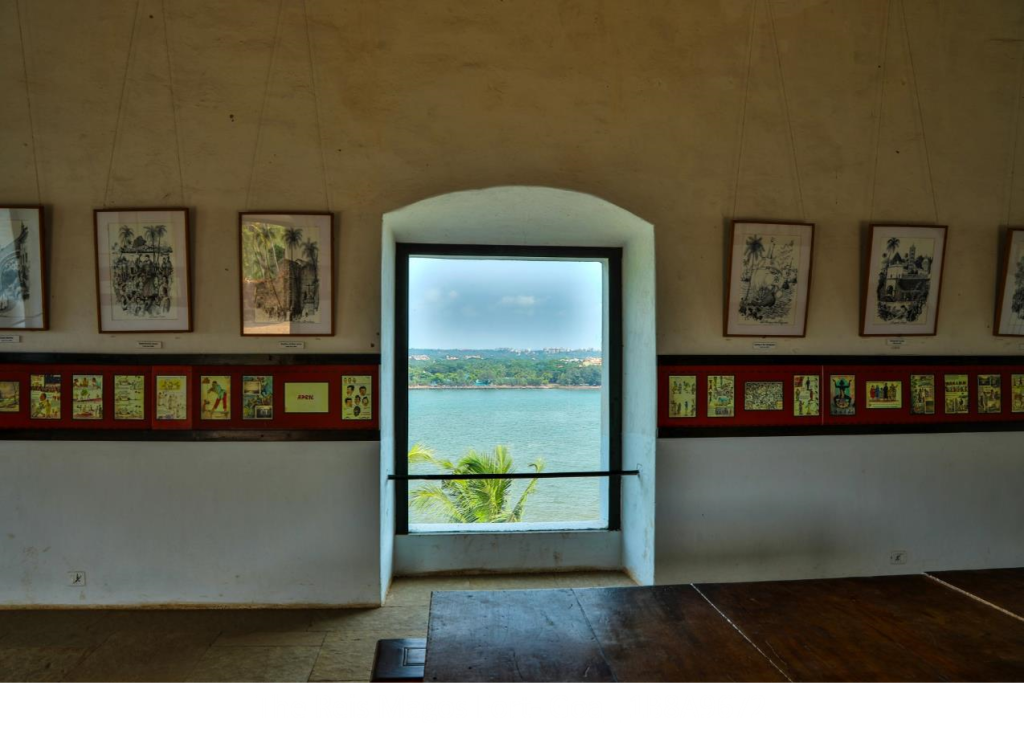
The threat of naval attacks decreased by the 19th century, as the Portuguese power in the East had declined. The relevance of the fort also declined. In 1940s the Reis Magos Fort was converted to a sub-jail to lodge short term convicts; it was also used to lodge some of the freedom fighters working for the liberation of Goa when the movement intensified in the 1950s. The fort functioned as a jail till 1993 and during this period a number of modifications were carried out. Once abandoned, the fort fell into decay.
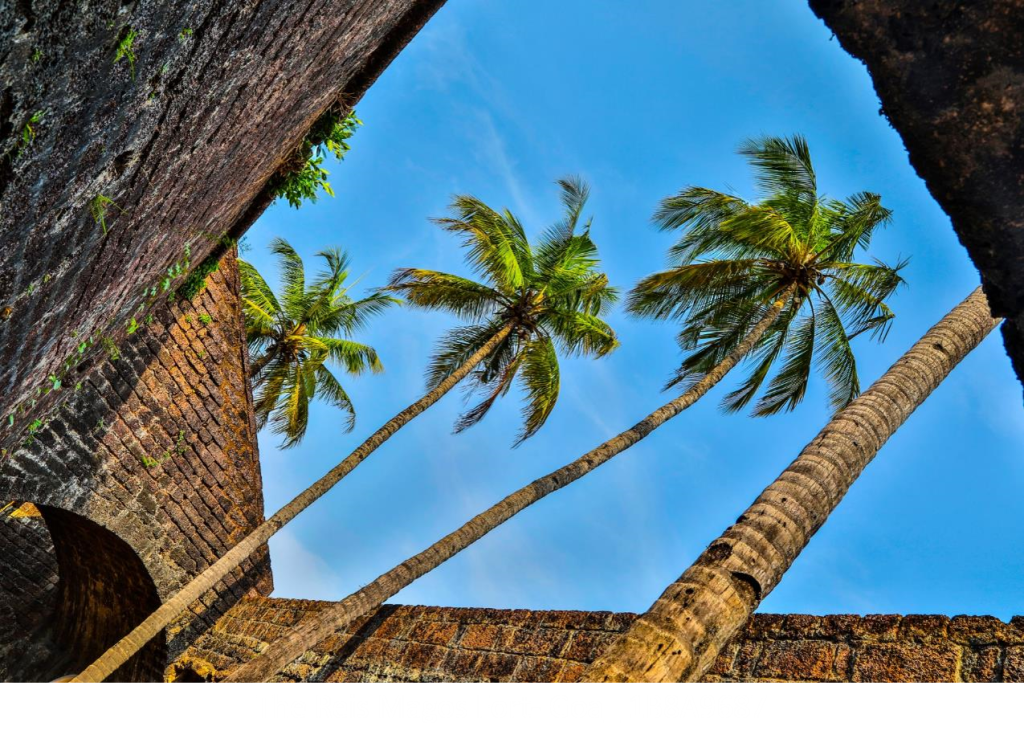
In 2007, a tripartite agreement was signed between the Government of Goa, INTACH and the Helen Hamlyn Trust to restore and re use the fort as a cultural centre. The restoration was sponsored by the HHT. The fort was thrown open to the public on 5th June 2012.

